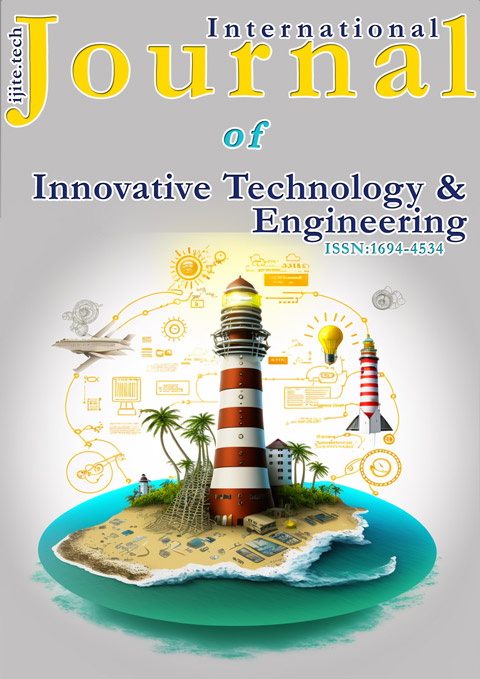
International Journal of Innovative Technology and Engineering
Editorial
What’s in a name? The International Journal of Innovative Technology and Engineering (IJITE) reflects the school name (SITE) at the University of Technology, Mauritius, a small island of 2046 sq. km, 2000 km away from the southeastern African coast. Mauritians have two investment priorities: building a house for the family and securing access to higher education for their wards. As a matter of fact, a more significant percentage of secondary school leavers are pursuing higher education and contributing to knowledge creation. Should this knowledge remain in the repository and custody of the university? I believe not; as we evolve in a connected world, the need to move on from the islander mentality and radiate beyond the lagoon is felt among the professors and their students. This Journal is thus a lighthouse for the school. It shall provide opportunities for all the stakeholders in academia to make visible their research work. Moreover, it will act as a bridge to the global scientific community, given its international reach.
Sharing findings and results are the primary focus of the Journal. Making a parallel with past success stories, namely from Linus Torvalds to develop the Linux kernel and Grigori Perelmanfor solving the Poincaré conjecture; both are adept at open source/open access philosophies. The editorial board has preconized an open access policy without dampening the quest for an acceptable level of impact factor in the long run. Nowadays, there is immense university pressure for journal publications with many citations; "Publish or Perish". This is not the motto of the Journal; we look forward to being respectful of inclusivity and diversity and raking up wide as far as possible.
Multiple challenges appear; nevertheless, a formidable dedicated team will ensure the quality of papers to be published. We’ll go as per international journals’ standards; some options are double-blind peer review, major libraries’ indexing, and a quantified threshold for the anti-plagiarism similarity index as far as original contributions are concerned. With the advent of this Journal on a biannual term, we hope to bring a paradigm shift to the pedagogy and learning outcomes at the school. As often quoted, “today’s preparation determines tomorrow’s achievement” time will surely give credit to this initiative.